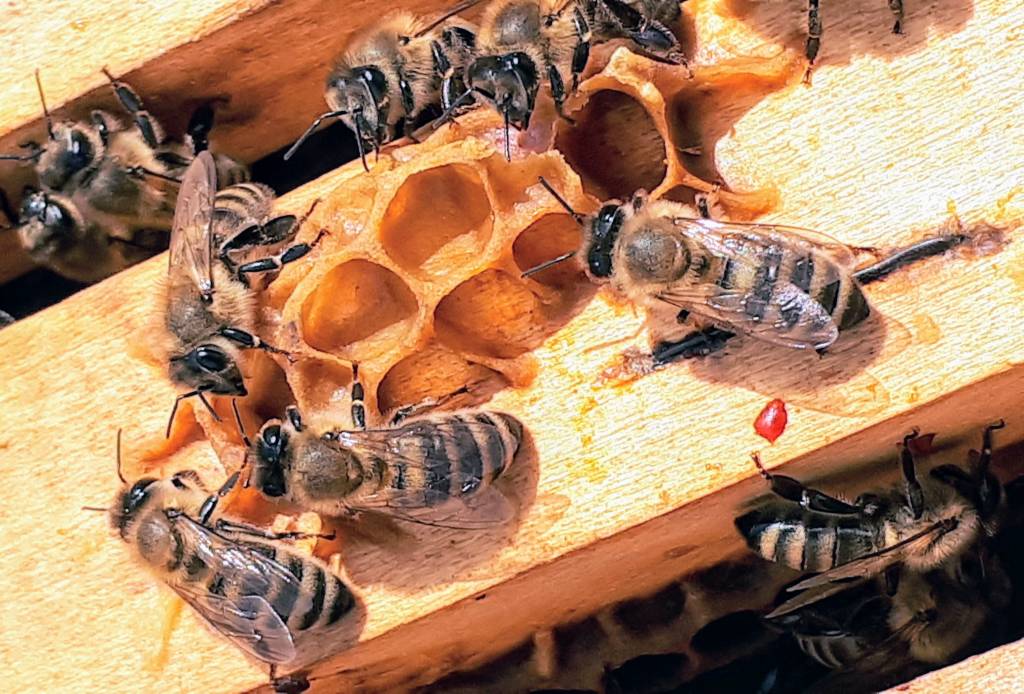The Fungal Fix for Varroa Mites

Varroa mites have been a long point of discussion amidst bee enthusiasts, empathizers, and keepers as one of the leading threats to honeybees and wasps. While methods to deal with the mites have been continuously developed and brainstormed, one method stands above the rest: fungal biocontrol.
Miticides currently in use target specific genes to exterminate the mites, but the method can be resisted. A fungal virus, however, is much more complex and harder to resist. For example, look at the “zombie ant fungus;” that fungus kill the ant from the inside out then takes control of its body. While the varroa fungus won’t zombify the mite, a fungus is in development for broader application to wasps and bees.
Metarhizium Brunneum
Researchers at Washington State University have developed a strain of metarhizium, a dark mold fungus, that can fulfill the role of a miticide. Dr. Jennifer Han and her colleagues have performed “direct evolution” from potent cultures to develop genetic, thermal tolerance to handle beehive temperatures and wasp colonies.
Through their efforts, the researchers have successfully developed a strain that can withstand hive and nest temperatures. At first, the virulence and potency suffered from this genetic evolution, but continued selection testing is aiming to strengthen the potency while maintaining its survivability with wasps and bees.
What’s Next
A general strain of metarhizium brunneum is already available in market with targeted potency for ticks, but that is not Dr. Han’s thermal strain designed for beehives and wasp nests. Continuous testing is currently under way, and Han is hoping to get approval from the Environmental Protection Agency for the product. Once the tests are complete and approval is gained, we expect to see Han’s metarhizium used in any case of varroa mites.
Is It Safe?
Metarhizium brunneum is a naturally occurring fungus, so the environment is not at risk. As for the bees and wasps that could be effected, their hairs prevent the spores from ever reaching their bodies, and, if a spore did reach, the fungus cannot germinate on a honeybee or wasp exoskeleton.
Beekeeper Specialist Oct 01, 2021
